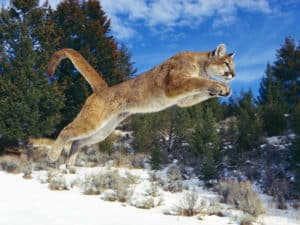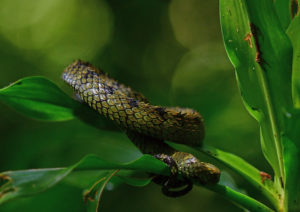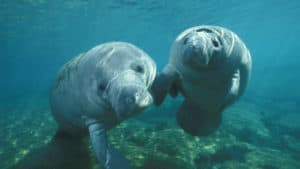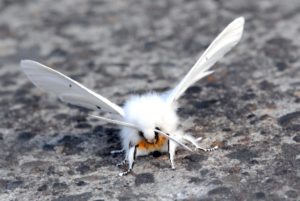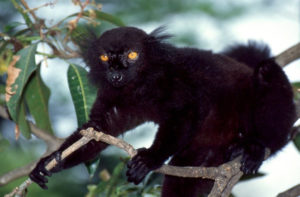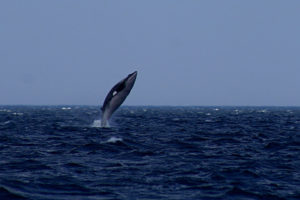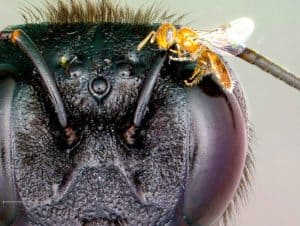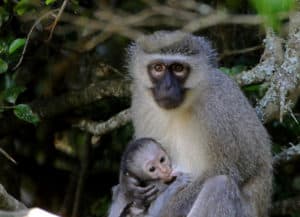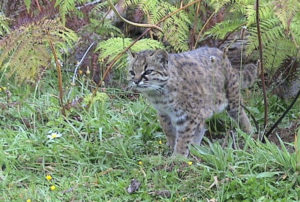Cougar Facts Related Articles Cougar Physical Description The breathtaking Cougar immediately grabs the attention of virtually everyone who encounters the impressive creature. Unlike some animals, though, this occurs due to a variety of reasons. That’s because it typically mesmerizes viewers with both its sheer beauty and surprising measurements. In both regards, it follows the pattern […]
Spiny Bush Viper
Spiny Bush Viper Facts Related Articles Spiny Bush Viper Physical Description In addition to a small size, the Spiny Bush Viper also displays a comparatively moderate degree of the characteristic of sexual dimorphism. Males attain an average length of approximately 29 in (73 cm), while females only average 23 in (58 cm). The males of […]
West Indian Manatee
West Indian Manatee Facts Related Articles West Indian Manatee Physical Description The stunning West Indian Manatee quickly impresses those lucky enough to encounter one in the wild. The distinctive creature does so, however, for a variety of reasons. Though certainly not the only reason, of course, its sheer size nonetheless ranks as one of them. […]
White Ermine
White Ermine Facts Related Articles White Ermine Physical Description The beautiful White Ermine represents a comparatively moderate-sized species of moth. Individuals typically attain an average wingspan of between 1.3 and 1.9 in (34-48 mm). While many moths display some degree of sexual dimorphism, it does not. The wings usually display a milky white color, yet […]
Black Lemur
Black Lemur Facts Related Articles Black Lemur Physical Description The stunning Black Lemur quickly captivates those individuals fortunate enough to encounter one, especially in the wild. It does so primarily due to its appearance though, not sheer physical size. That’s due to the fact that, like most of its many kindred, it’s not an overly […]
Minke Whale
Minke Whale Facts Related Articles Minke Whale Physical Description While the Minke Whale does exhibit sexual dimorphism, both genders remain smaller than most other whales. Females reach an average length of 26 ft (8m). Exceptional individuals sometimes reach 35 ft (10.7 m) in length. The smaller males typically reach 23 ft (6.9 m) in length, […]
Perdita minima
Perdita minima Facts Related Articles Perdita minima Physical Description Despite its awesome nature, the Perdita minima routinely goes overlooked by everyone around it. That’s not due to any lack of intriguing appearance or other attributes, though. This lack of notice simply occurs due to the fact that Nature packed its wonders into an incredibly small […]
Vervet Monkey
Vervet Monkey Facts Related Articles Vervet Monkey Physical Description As with most primates, the Vervet Monkey displays a moderate degree of sexual dimorphism. Though rather small compared to other monkeys, this simian nonetheless remains a fascinating species. The males average roughly 12 lb (5.5 kg) in weight. Additionally, large males sometimes reach as much as […]
Kodkod
Kodkod Facts Related Articles Kodkod Physical Description The captivating Kodkod rarely fails to do exactly that with those who encounter it, namely captivating them. The animal generally does so, though, due more to its appearance than sheer physical size. That’s true since, compared to most other wild cats, it’s actually quite diminutive. Like many of […]
Turnip Moth
Turnip Moth Facts Related Articles Turnip Moth Physical Description Perhaps the most notable characteristic of the Turnip Moth remains its physical description. This statement holds true due to a remarkable trait displayed by the insect. Both the size and color patterns of this arthropod vary significantly between individuals. As a result of this, the species […]
